In our latest KG Connects webinar series, we heard from Jackie Trebilcock firsthand about the work that the New York Fashion Tech Lab (NYFTLab) is doing to empower women-led fashion-tech and retail-tech companies.
Jackie is the managing director of NYFTLab and boasts over 15 years of experience in fashion, technology and business development. She has spent much of that career working with entrepreneurs to grow their vision and companies via strategic planning and relevant industry introductions.
Elevating fashion-tech companies
For the past eight years, NYFTLab has facilitated partnerships between growing companies and big-name global brands. Founded by Springboard Enterprises, alongside key fashion retailers, NYFTLab’s mission is to support women-led companies that have developed incredible innovations merging fashion, retail and technology.
Through the connections to capital and retail partners, Jackie describes what NYFTLab does as, “a business catalyst…our whole goal with this is to provide more exposure and a platform for the companies to share what they do.”
This is a sentiment echoed by co-founder and CEO of HaftaHave, Amanda Latifi, a 2020 Lab participant.
“The connections and relationships that Springboard and Jackie have forged with top brands and marketers in the retail industry is bar none,” Amanda said. “This is not VC’s telling retailers about emerging tech, but retailers selecting emerging technology to work with based on known needs and pain points.”
NYFTLab is empowering women and emerging tech
NYFTLab is highly focused on a particular group, recruiting women-led early and growth-stage emerging technology companies. While that description might be narrow, the areas of interest for the Lab are anything but. AR/VR, blockchain, data analytics, content marketing, supply chain and so many more technologies are welcomed into the fold.
Participants in the Lab have hailed from all over the globe. From Paris to Singapore, anyone from anywhere can apply to the NYFTLab program. The Lab also partners with brands and retailers from outside of the U.S.
“It’s becoming increasingly more global than it was when we started,” Jackie said.
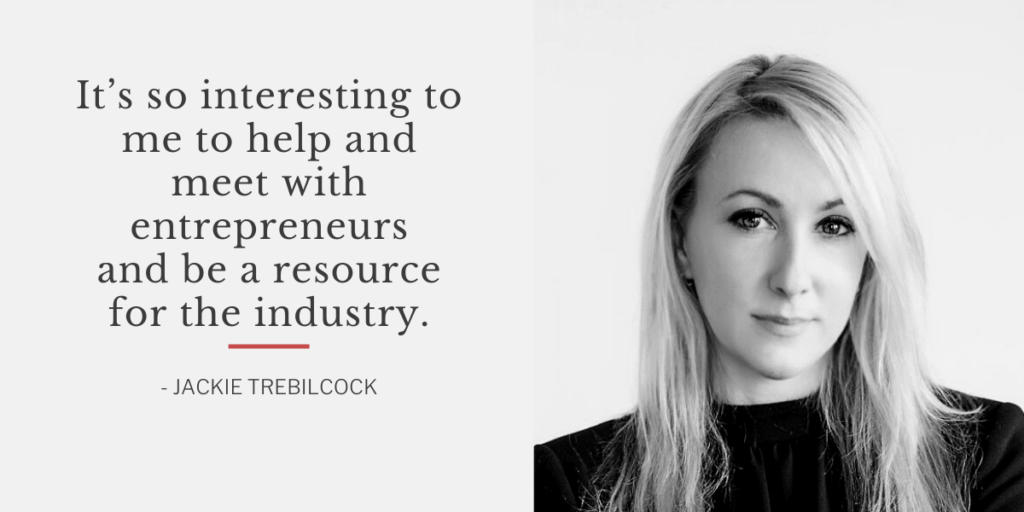
The next generation of fashion technology
The 2020 Lab featured eight companies that represent the cutting edge of fashion and retail tech: Reflaunt, Becoco, Sozie, Zoomlook, Futureproof, Change of Paradigm, Heuritech and HaftaHave.
While the participants were selected in February, the fact that they are pushing the bounds of technology means that they were well-poised to take on the unique challenges that 2020 brought.
When asked about the intersection of technology and fashion, particularly in the pandemic, Jackie said that, “everyone needs to think differently. The consumer has been really changed and challenged as to how they can shop how they used to. All of this has created a huge opportunity for new companies to come to the forefront.”

Watch this webinar and sign up for the next KG Connects
To learn more about the NYFTLab and the 2020 Lab participants, watch the webinar on demand.
On deck: Grocery’s Digital Disruption: What’s Ahead for 2021
The world is changing at a breakneck pace, and retail is no exception. Mark Fairhurst and Sylvain Perrier, creators of the “Digital Grocer” podcast will focus on what’s ahead for grocery retailers in this fireside chat featuring special guest host Jeff Ketner. We look forward to you being there! You can register here.







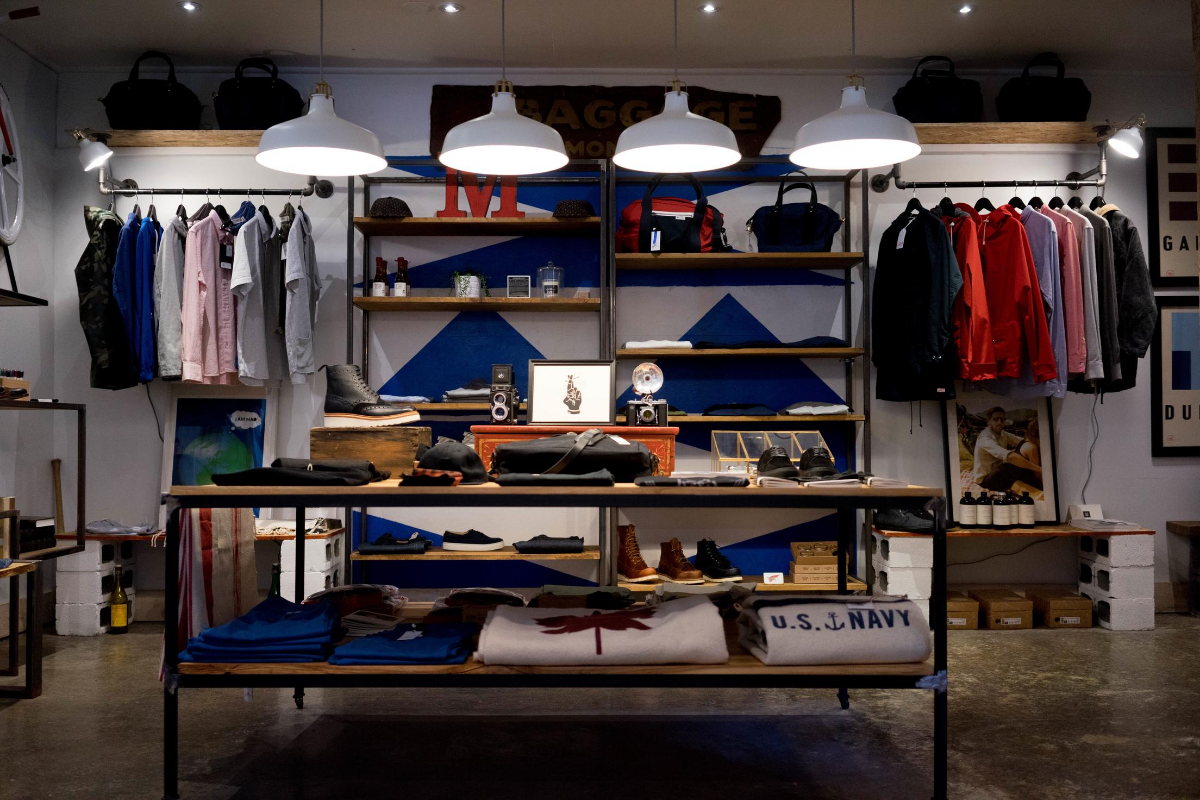
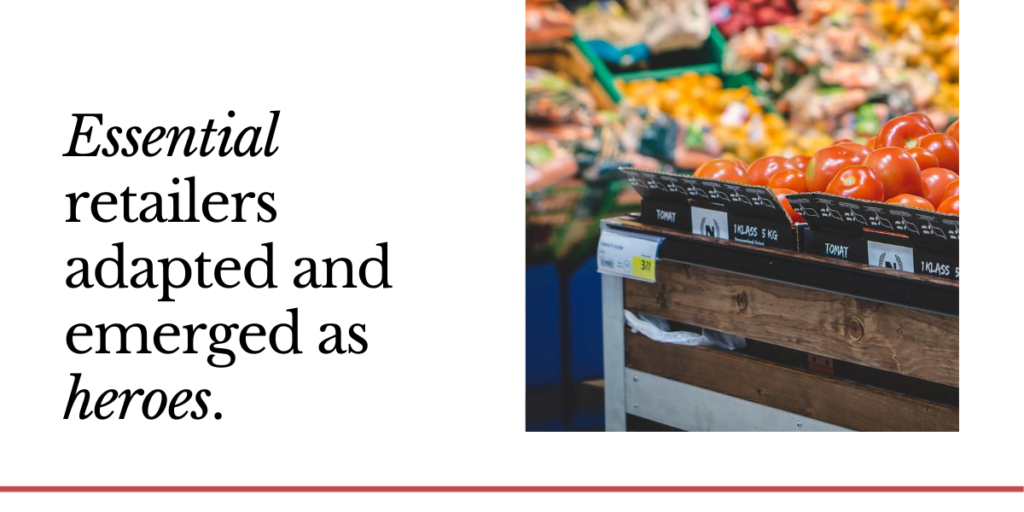
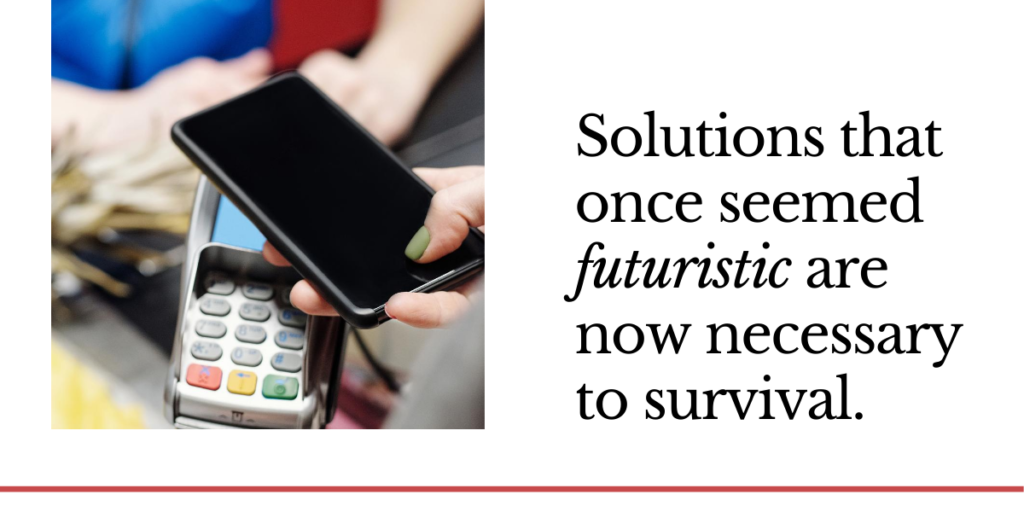
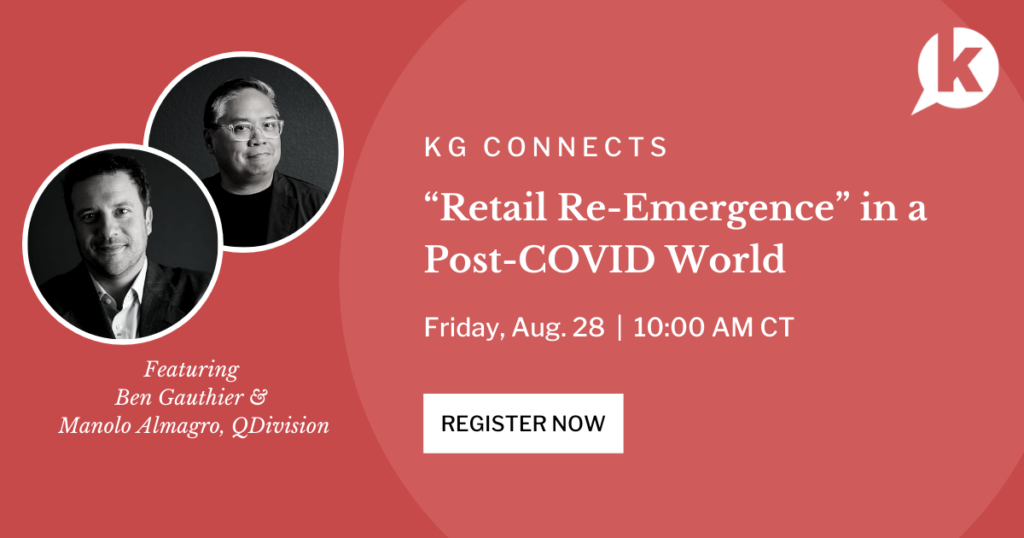




 Caroline Farley is the Chief Growth Officer of Shoptalk and Grocery Shop.
Caroline Farley is the Chief Growth Officer of Shoptalk and Grocery Shop. 

